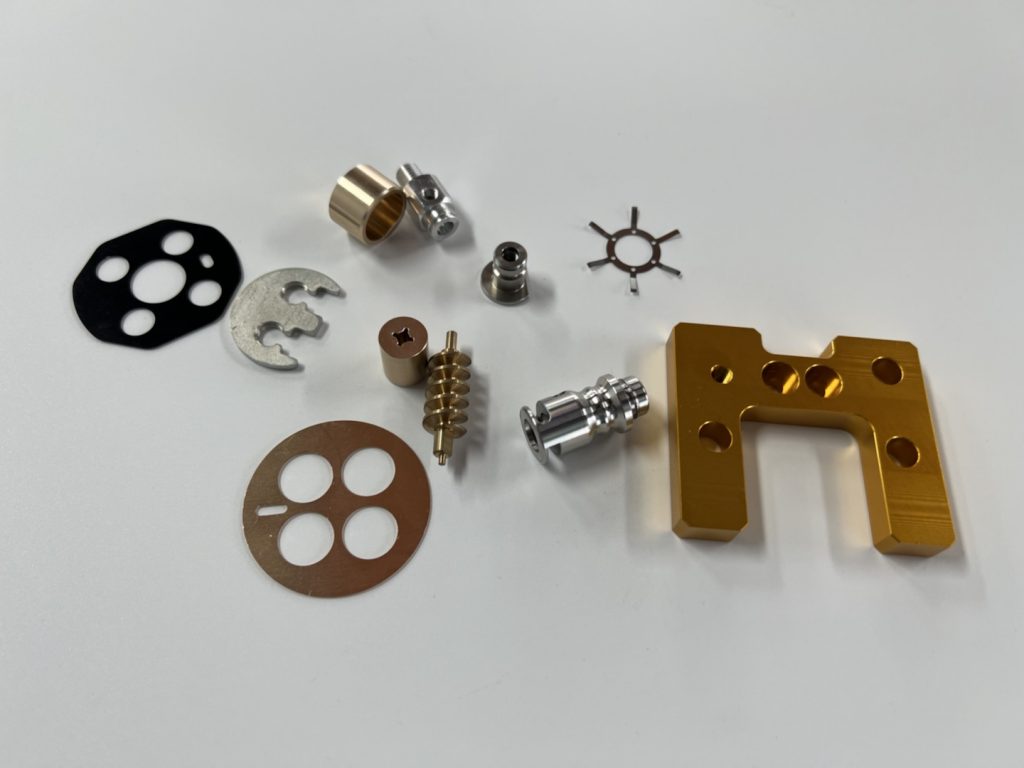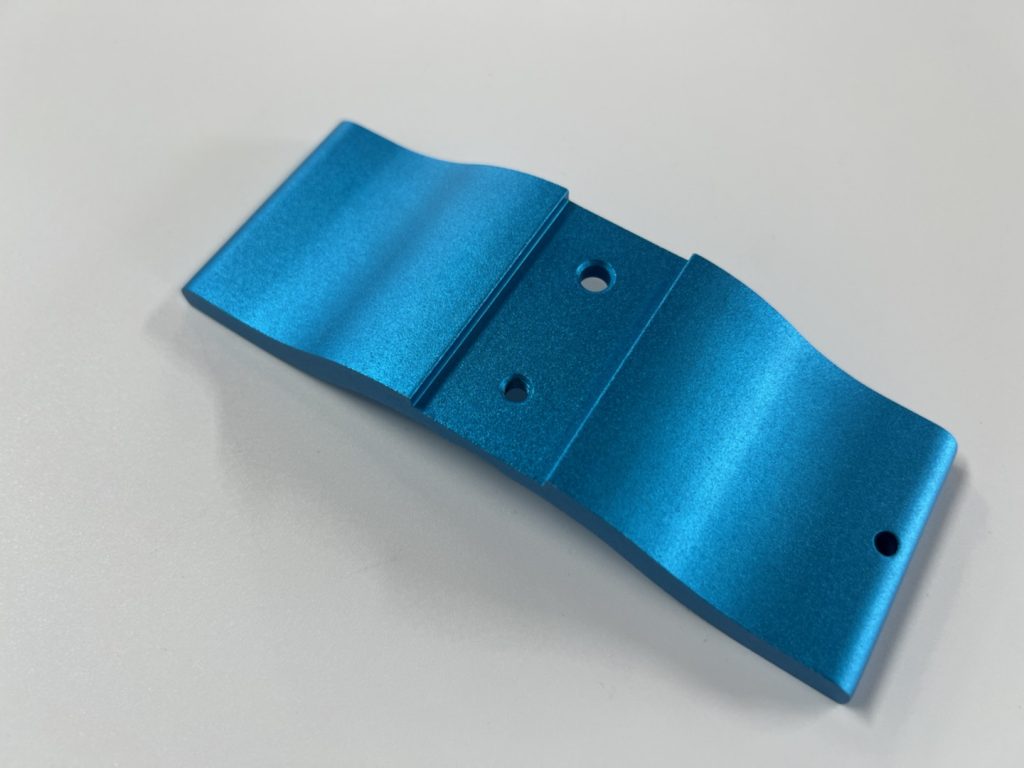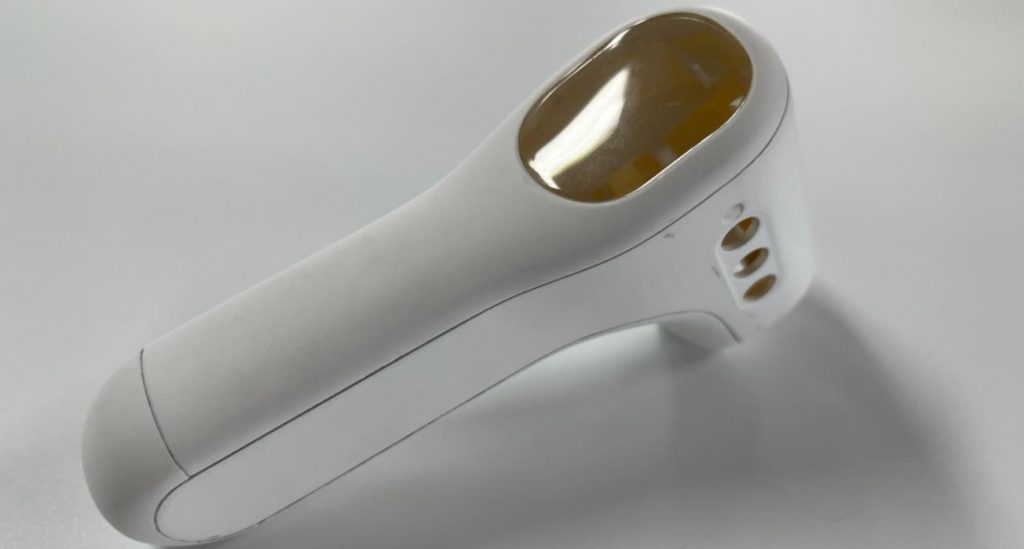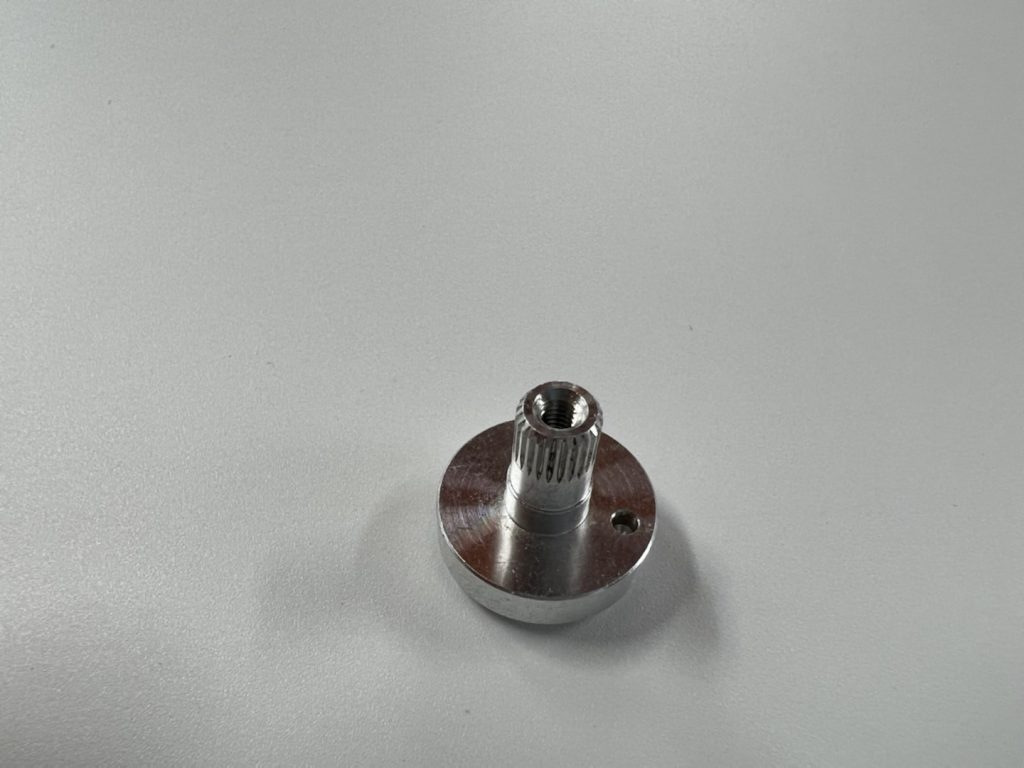
The surface finishing options(for CNC machining parts) at PREPART
The surface finishing options(for CNC machining parts) at PREPART
Do you have a CNC machining project that requires precision, durability, and detail? If so, PREPART is here to provide surface finishing options for all your machined parts. We understand that product specs don’t simply call for a standard finish. That’s why we are dedicated to providing superior quality on every single part produced by our services. Our specialized techniques create an impressive aesthetic appeal that can enhance the overall look of any piece while still being resilient enough to last during extended periods of usage and environmental conditions. Through an almost infinite combination of finishes like passivation, vibratory polishing, and more; let us show you how PREPART can bring your machined parts from average to exceptional!

Overview of the different surface finishing options offered by PREPART
When it comes to surface finishing options, PREPART has got you covered. Their diverse selection offers a range of possibilities to choose from, ensuring that your project is completed with the perfect finish. The options include electroless nickel plating, anodizing, powder coating, and more. Each surface finishing option is uniquely designed to provide specific benefits, such as increased durability, corrosion resistance, and aesthetic appeal. So, whether you’re looking for a glossy finish, something resistant to wear and tear, or a unique textured design, PREPART has a solution for you. Don’t settle for a generic finish; let PREPART elevate your project to new heights.
Anodizing- Advantages and Disadvantages

Anodizing is a valuable process for improving the durability and appearance of metal parts. One of the main advantages of anodizing is that it creates a protective layer on the surface which increases resistance to corrosion, wear and tear, and weathering. Furthermore, it also enhances the metal’s resistance to scratches and dents, which ultimately results in a longer lifespan of the product. However, one disadvantage of anodizing is that it can be expensive and time-consuming, especially for larger parts or high-volume orders. Additionally, certain metals may not be suitable for anodizing, which can limit the range of applications for this process. Overall, anodizing is a noteworthy technique for achieving high-quality metal parts with enhanced durability and aesthetics, but it’s essential to weigh the advantages and disadvantages before making a final decision.
Powder Coating – Advantages and Disadvantages

Powder coating has become increasingly popular in recent years due to its numerous advantages. For one, it produces a durable and attractive finish that is resistant to scratches, chipping, fading, and corrosion. Unlike wet paint, powder coating does not require solvents and produces less waste, making it more environmentally friendly. It is also cost-effective, as it does not require a primer and can be applied more efficiently. Despite these benefits, there are some disadvantages to powder coating. It requires specialized equipment and expertise, making it more challenging for individuals to do on their own. Additionally, it is harder to touch up or fix if there are any imperfections once the coating has set. Overall, while there are some drawbacks to powder coating, its advantages make it a compelling option for many industrial and commercial applications.
Zinc Plating – Advantages and Disadvantages

Zinc plating is a popular surface treatment technique used to provide protection to metallic surfaces. The process involves coating the surface with a layer of zinc, which acts as a sacrificial anode and thereby protects the base metal against corrosion. One of the notable advantages of this technique is that it offers good corrosion resistance and helps extend the lifespan of the coated part. Additionally, it is cost-effective, offers good adhesion to the base metal, and can be easily applied to large and complex-shaped parts. However, the process also has a few disadvantages, such as poor wear resistance, limited tolerance to high temperatures, and decreased efficiency in areas where electrical conductivity is required.
Painting – Advantages and Disadvantages
Painting is a wonderful form of art that has been around for centuries. There are many advantages to painting, such as providing a creative outlet for emotion, creating beautiful works of art, and improving cognitive skills like focus and attention to detail. However, there are also some drawbacks to consider. Painting can be an expensive hobby, requiring high-quality materials that can add up quickly. Additionally, it can be time-consuming and messy, which may not be desirable for those with busy schedules or limited space. Regardless of these drawbacks, painting remains a popular and rewarding form of expression for artists of all levels and abilities.
Laser Engraving – Advantages and Disadvantages
Laser engraving is a technology that has revolutionized the world of engraving. With its high precision and speed, it has become a popular choice for engraving on metals, plastics, woods, and ceramics. One of the major advantages of laser engraving is its accuracy and neatness. With its ability to engrave detailed designs and texts, it gives a sleek and professional appearance to the final product. Moreover, laser engraving requires minimal maintenance and operator intervention compared to traditional engraving techniques. However, the process also has its downsides. Laser engraving can generate a lot of heat, which can damage certain surfaces. Additionally, it may not be ideal for engraving on large, uneven surfaces. Despite its disadvantages, laser engraving remains a top choice for businesses and individuals seeking high-quality engraving works.
In conclusion, PREPART offers a wide range of surface finishing options for CNC machined components. From anodizing and powder coating to painting and laser engraving, they have processes that are suited to any and all types of projects or parts. When considering these options, it’s important to look at the advantages and disadvantages associated with each so that you can select the one that is most suitable for your project needs. Each process will provide an additional layer of protection to your finished parts and will help ensure that they stay looking good and performing well for many years to come. Be sure to take the extra time to consider your surface finishing options before making a final decision on what would best suit your uniquely specific needs.
